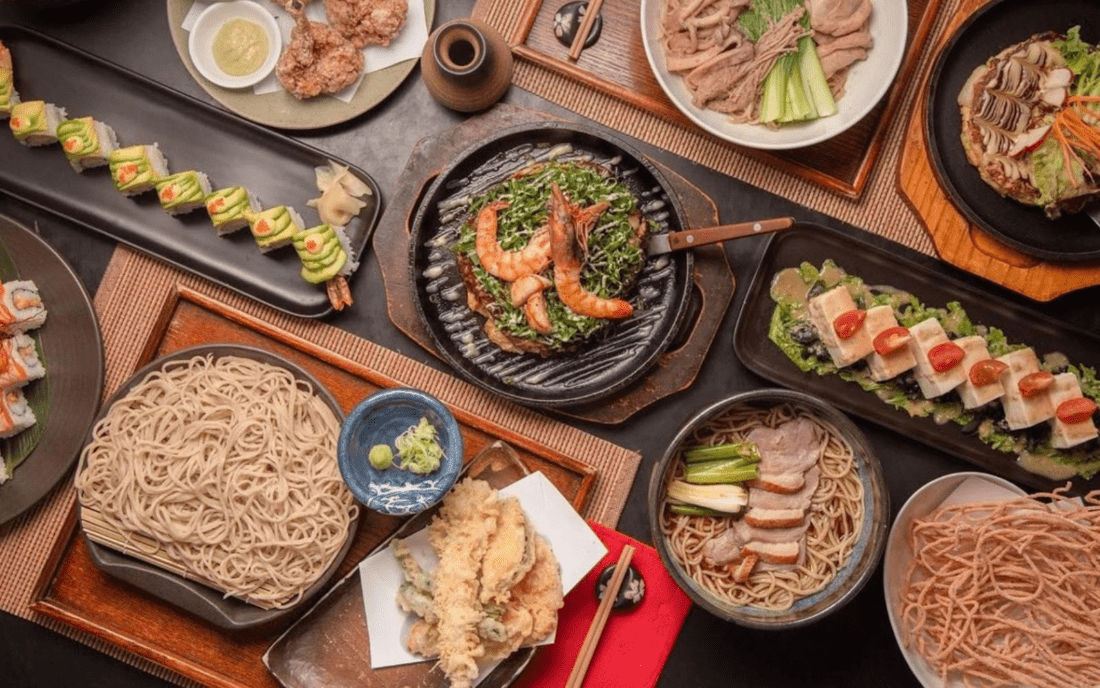Japanese cuisine has firmly established itself as one of Australia’s most popular dining choices. From sushi rolls to ramen bowls, Japanese restaurants continue to thrive as consumers seek fresh, high-quality, and authentic dishes. With the growing appetite for Japanese food, the industry faces challenges in keeping up with demand while maintaining consistency, efficiency, and authenticity. This raises the question—are Australian Japanese restaurants truly meeting this surge in popularity?

The Rising Popularity of Japanese Cuisine in Australia
Japanese food has long been favoured for its balance of flavour, nutrition, and artistry. According to recent industry reports, Japanese restaurants have seen a steady increase in customers over the past decade, with sushi remaining a top choice for casual dining and takeaway. The demand has been driven by health-conscious consumers who appreciate sushi’s fresh ingredients and low-calorie appeal, as well as the growing preference for Asian cuisines in Australia’s multicultural food scene.
Additionally, the rise of quick-service sushi bars, all-you-can-eat establishments, and fine-dining omakase experiences has broadened the accessibility and appeal of Japanese cuisine to Australians. However, with this growth comes the challenge of maintaining speed, quality, and authenticity while handling increasing customer traffic.
Streamlining Sushi Production for Efficiency
One of the key concerns for Japanese restaurant operators is maintaining efficiency in sushi preparation without sacrificing quality. Hand-rolling sushi is an intricate and time-consuming process that requires skilled chefs, but with high demand, businesses often struggle to keep up. Many modern Japanese restaurants are now integrating shari mixing—a technique used to evenly season sushi rice with vinegar—to maintain consistency across large batches while reducing preparation time.
To further enhance efficiency, many restaurants are turning to advanced kitchen technology, including automated sushi-making solutions like Sushi Machine. These machines assist in streamlining high-volume sushi production, allowing businesses to serve more customers without compromising precision or presentation. With sushi robots capable of forming nigiri rice balls, rolling maki, and cutting rolls evenly, restaurants can reduce labour costs and meet peak-hour demands more effectively.
Balancing Authenticity with Innovation
While automation and technology play a role in enhancing operational efficiency, maintaining authenticity is crucial for customer satisfaction. Diners seek traditional techniques and high-quality ingredients that reflect the essence of Japanese cuisine. The use of umami-rich dashi broth in soups, premium sushi-grade fish, and handcrafted sauces ensures that even as production scales up, the authenticity of flavours remains intact.
Restaurants that strike a balance between tradition and innovation can gain a competitive edge. While sushi robots help with bulk preparation, skilled sushi chefs remain essential for intricate techniques like knife work, plating, and speciality rolls that require an artisanal touch.
The Future of Japanese Restaurants in Australia
As demand continues to rise, Australian Japanese restaurants will need to adapt to evolving consumer expectations. Sustainability is becoming an increasing focus, with many businesses opting for responsibly sourced seafood and eco-friendly packaging to align with customer values. Meanwhile, embracing smart kitchen solutions allows businesses to optimise their operations, keeping up with high demand while maintaining quality and authenticity.
With a combination of traditional expertise and modern efficiency, Japanese restaurants in Australia are well-positioned to meet the growing demand. By integrating the right strategies and tools, they can continue to serve fresh, high-quality sushi and other beloved Japanese dishes while staying ahead in an increasingly competitive market.



